Pad Mounted Transformer Diagram: Unveiling the Anatomy of Modern Urban Power Distribution Hubs?
Have you ever wondered about those green boxes on street corners? They’re not just for decoration. They play a crucial role in powering our cities.
Pad mounted transformers are the unsung heroes of urban power distribution. These compact units efficiently step down high voltage electricity to usable levels for homes and businesses, all while maintaining a low profile in our urban landscapes.
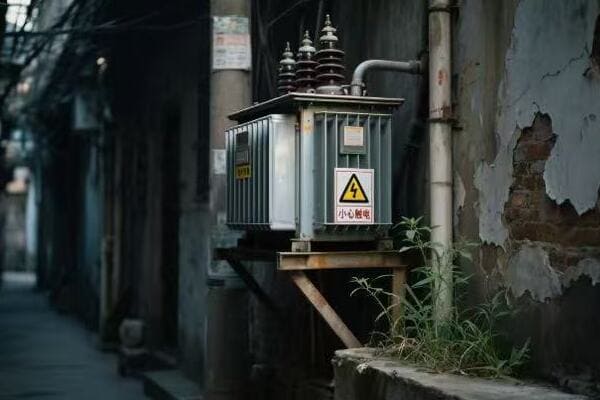
Let’s dive deeper into the world of pad mounted transformers and discover how they’re revolutionizing urban power distribution.
Essential Components: Dissecting the Pad Mounted Transformer’s Internal Structure?
When I first opened a pad mounted transformer, I was amazed by its complexity. It’s like a miniature power station packed into a metal box.
The core components of a pad mounted transformer include the primary and secondary windings, the core, bushings, and the insulating oil or dry-type insulation. Each part plays a crucial role in the transformer’s operation.
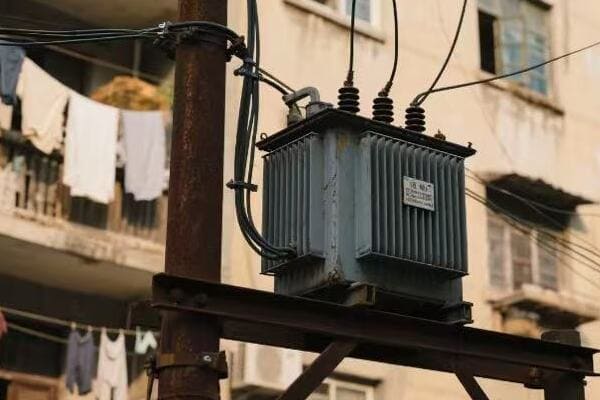
Let’s break down the key components and their functions:
Primary and Secondary Windings
The primary and secondary windings are the heart of the transformer. They’re made of copper or aluminum wire, wound around the core. The primary winding receives the high voltage input, while the secondary winding delivers the stepped-down voltage output.
The Core
The core is typically made of laminated steel sheets. It provides a path for the magnetic flux, which is essential for the transformer’s operation. The core’s design is crucial for minimizing energy losses.
Bushings
Bushings are the insulated passages that allow the electrical connections to pass through the transformer’s tank. They’re designed to withstand high voltages and prevent electrical arcing.
Insulating Medium
Pad mounted transformers use either oil or a dry-type insulation. Oil-filled transformers use a special insulating oil that also helps with cooling. Dry-type transformers use air or other gas insulation, which is more environmentally friendly but typically more expensive.
| Component | Function | Material |
|---|---|---|
| Primary Winding | Receives high voltage input | Copper or Aluminum |
| Secondary Winding | Delivers stepped-down voltage | Copper or Aluminum |
| Core | Provides magnetic flux path | Laminated Steel |
| Bushings | Allow electrical connections | Insulated Material |
| Insulating Medium | Insulation and cooling | Oil or Dry-type |
Understanding these components has helped me appreciate the engineering that goes into these compact power distribution hubs. It’s fascinating how each part works together to safely and efficiently deliver power to our urban areas.
Operational Dynamics: How Pad Mounted Transformers Power Urban Grids?
When I first learned about the operational dynamics of pad mounted transformers, I was struck by their elegance and efficiency. It’s amazing how these devices can handle such high voltages in such a compact space.
Pad mounted transformers work on the principle of electromagnetic induction. They step down high voltage electricity from distribution lines to usable voltages for homes and businesses, typically from 7,200 volts to 120/240 volts.
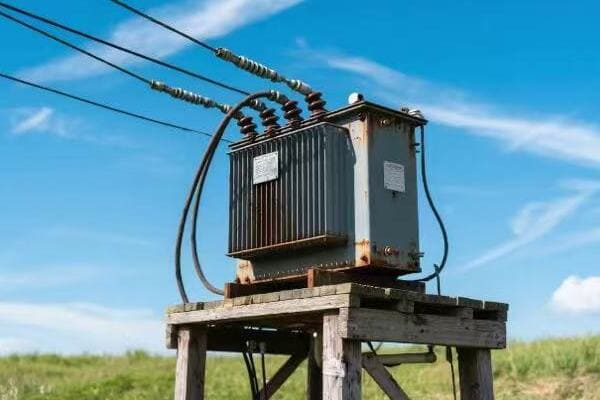
Let’s explore how these transformers operate:
Voltage Step-Down Process
The primary winding receives high voltage electricity from the distribution lines. This creates a changing magnetic field in the transformer’s core. The secondary winding, which has fewer turns than the primary, induces a lower voltage based on the turns ratio.
Load Management
Pad mounted transformers are designed to handle varying loads. They can adjust to changes in demand throughout the day, ensuring a stable power supply even during peak usage times.
Cooling Systems
These transformers generate heat during operation. Oil-filled transformers use the oil for both insulation and cooling. The oil circulates naturally or with the help of pumps and radiators. Dry-type transformers use air circulation for cooling.
Protection Mechanisms
Pad mounted transformers include various protection devices:
- Fuses: Protect against overcurrents
- Surge arresters: Guard against voltage spikes
- Pressure relief devices: Prevent tank rupture in case of internal faults
| Operational Aspect | Function | Benefit |
|---|---|---|
| Voltage Step-Down | Reduces voltage to usable levels | Enables safe power distribution |
| Load Management | Adjusts to varying demand | Ensures stable power supply |
| Cooling System | Manages transformer temperature | Extends transformer life |
| Protection Devices | Guards against faults and surges | Enhances safety and reliability |
Understanding these operational dynamics has given me a new appreciation for the complexity and efficiency of our urban power distribution systems. It’s remarkable how these transformers work tirelessly, day and night, to keep our cities powered.
Safety and Design: Innovative Features Protecting Urban Infrastructure?
Safety has always been a top priority in power distribution. When I first started working with pad mounted transformers, I was impressed by the innovative safety features built into their design.
Modern pad mounted transformers incorporate multiple safety features, including tamper-resistant enclosures, internal barriers, and advanced fault detection systems. These features protect both the public and maintenance workers.
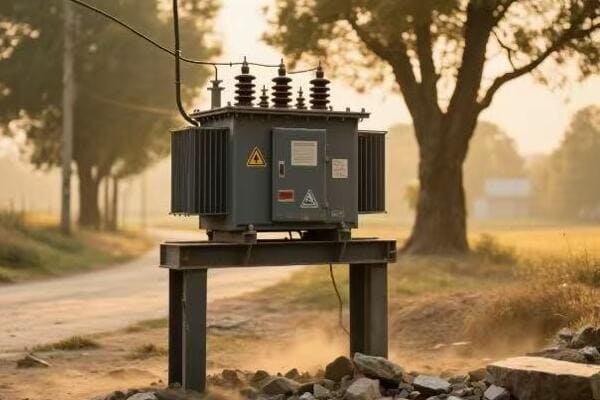
Let’s explore some of the key safety and design innovations:
Tamper-Resistant Enclosures
The outer enclosure of pad mounted transformers is designed to be tamper-resistant. It’s typically made of heavy-gauge steel and features padlocked doors. This prevents unauthorized access and protects the public from potential electrical hazards.
Internal Barriers
Inside the transformer, there are barriers that separate the high voltage and low voltage compartments. This design ensures that maintenance workers can safely access the low voltage side without exposure to high voltage components.
Dead-Front Design
Many modern pad mounted transformers feature a dead-front design. This means that all energized components are behind protective barriers, reducing the risk of accidental contact.
Fault Detection and Isolation
Advanced fault detection systems can quickly identify and isolate faults, preventing widespread power outages and potential damage to the transformer or surrounding infrastructure.
Environmental Considerations
Modern designs also focus on environmental safety:
- Oil containment systems to prevent leaks
- Low noise designs for urban environments
- Green paint schemes to blend with surroundings
| Safety Feature | Function | Benefit |
|---|---|---|
| Tamper-Resistant Enclosure | Prevents unauthorized access | Protects public safety |
| Internal Barriers | Separates high and low voltage areas | Enhances worker safety |
| Dead-Front Design | Shields energized components | Reduces risk of electrical contact |
| Fault Detection | Quickly identifies and isolates faults | Prevents widespread outages |
| Environmental Design | Addresses noise and visual impact | Improves urban integration |
These safety and design features have significantly improved the reliability and safety of urban power distribution. As someone who works with these transformers, I’m always impressed by how much thought goes into every aspect of their design.
Urban Transformer Evolution: Pad Mounted vs. Traditional Designs?
When I first entered the power distribution field, I was fascinated by the evolution of transformer designs. The shift from traditional pole-mounted transformers to pad mounted units has been a game-changer for urban areas.
Pad mounted transformers offer significant advantages over traditional pole-mounted designs in urban settings. They’re more compact, safer, and easier to maintain, making them ideal for modern city infrastructure.
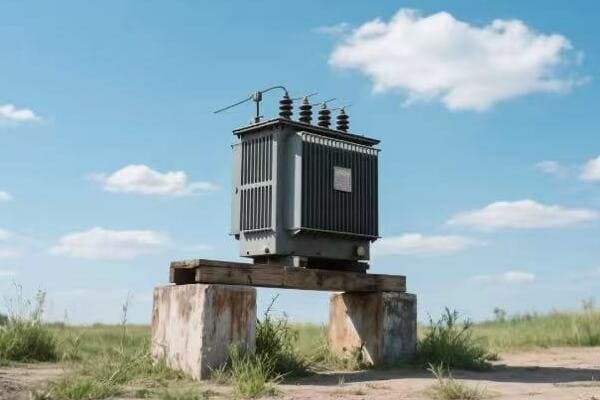
Let’s compare pad mounted and traditional transformer designs:
Space Efficiency
Pad mounted transformers are ground-level installations, taking up minimal space on sidewalks or in utility easements. Traditional pole-mounted transformers require overhead space and can be visually obtrusive.
Safety
The enclosed design of pad mounted transformers offers better protection against weather, vandalism, and accidental contact. Pole-mounted transformers are more exposed and can pose safety risks during storms or accidents.
Maintenance Access
Pad mounted units provide easy ground-level access for maintenance, reducing the need for bucket trucks and improving worker safety. Pole-mounted transformers often require working at heights, which can be dangerous.
Aesthetic Impact
With their low profile and ability to blend into landscaping, pad mounted transformers have less visual impact on urban environments. Pole-mounted units are more visible and can detract from the aesthetic appeal of city streets.
Capacity and Flexibility
Pad mounted transformers often have higher capacity and can serve multiple customers from a single unit. They also offer more flexibility in terms of upgrades and replacements.
| Aspect | Pad Mounted | Pole Mounted |
|---|---|---|
| Installation | Ground level | Elevated on poles |
| Space Usage | Compact footprint | Requires overhead space |
| Safety | Enclosed, protected design | More exposed to elements |
| Maintenance | Easy ground-level access | Requires working at heights |
| Aesthetics | Low visual impact | More visually obtrusive |
| Capacity | Often higher, serves multiple customers | Typically lower capacity |
The evolution from pole-mounted to pad mounted transformers represents a significant improvement in urban power distribution. As cities continue to grow and modernize, I expect we’ll see even more innovations in transformer design to meet the changing needs of urban environments.
Smart Grid Integration: Adapting Pad Mounted Transformers for Future Power Needs?
As someone deeply involved in the power industry, I’ve been excited to see how pad mounted transformers are evolving to meet the demands of smart grids. It’s a fascinating intersection of traditional power distribution and cutting-edge technology.
Modern pad mounted transformers are being equipped with smart sensors, communication capabilities, and advanced monitoring systems. These features allow for real-time data collection, remote management, and improved grid efficiency.
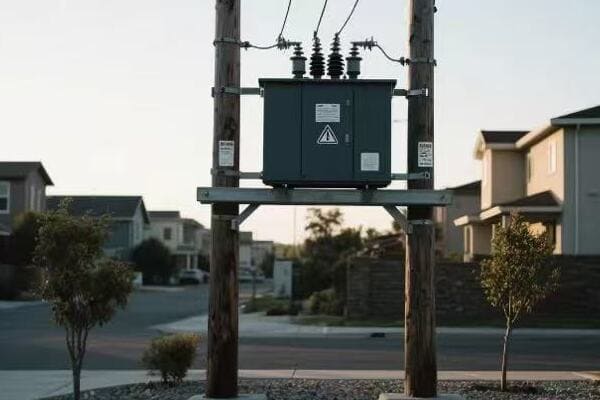
Let’s explore how pad mounted transformers are adapting to smart grid technology:
Smart Sensors and Monitoring
Advanced sensors are being integrated into pad mounted transformers to monitor various parameters:
- Oil temperature and level
- Winding temperature
- Load current
- Voltage levels
- Fault conditions
These sensors provide real-time data, enabling proactive maintenance and reducing the risk of unexpected failures.
Communication Capabilities
Modern transformers are equipped with communication modules that allow them to send and receive data. This enables:
- Remote monitoring and control
- Integration with utility management systems
- Real-time load balancing and power quality management
Advanced Analytics
The data collected from smart transformers can be analyzed to:
- Predict maintenance needs
- Optimize power distribution
- Identify potential issues before they become problems
Integration with Renewable Energy
Smart pad mounted transformers are designed to handle the bi-directional power flow associated with renewable energy sources like solar panels. They can manage the fluctuations in power generation and consumption more effectively.
Cybersecurity Measures
With increased connectivity comes the need for robust cybersecurity. Modern transformers include advanced security features to protect against potential cyber threats.
| Smart Feature | Function | Benefit |
|---|---|---|
| Smart Sensors | Monitor transformer parameters | Enable proactive maintenance |
| Communication Modules | Allow data exchange | Facilitate remote management |
| Advanced Analytics | Process collected data | Optimize distribution and maintenance |
| Renewable Integration | Handle bi-directional power flow | Support green energy initiatives |
| Cybersecurity | Protect against digital threats | Ensure grid security |
The integration of pad mounted transformers into smart grids represents a significant step forward in power distribution technology. As someone who’s witnessed this evolution firsthand, I’m excited to see how these innovations will continue to shape the future of our power infrastructure.
Conclusion
Pad mounted transformers are the unsung heroes of modern urban power distribution. Their compact design, advanced safety features, and smart grid capabilities make them essential for powering our cities efficiently and reliably.
Free CHBEB Transformer Catalog Download
Get the full range of CHBEB transformers in one catalog.
Includes oil-immersed, dry-type, pad-mounted, and custom solutions.
Quick Message
Request A free quote
We'd like to work with you
- +86 15558785111
- [email protected]
- +86 15558785111
What We Do
CHINA BEI ER BIAN (CHBEB) GROUP, with 218 million in registered capital, originated from Beijing Beierbian Transformer Group. Headquartered in Beijing for R&D, it operates major production bases in Nanjing and Yueqing, producing high-quality products.
Latest Product
address
BeiJing
No 3,RongJing East Road,BeiJing Economic Technological Development Area,BeiJing,China
JiangSu
No 7️Xiangfeng Road,Jiangning,NanJing,JiangSu,China
WenZhou
No.211, Wei 16 Road, Industrial Zone, Yueqing, Wenzhou, Zhejiang, China.
XiangYang Industrial Zone ,YueQing,WenZhou,ZheJiang,China
contact us
- [email protected]
- +86 13057780111
- +86 13057780111
- +86 15558785111
Copyright © Bei Er Bian Group


